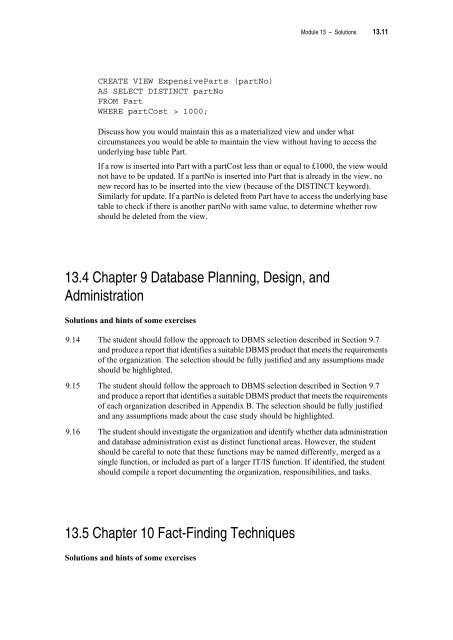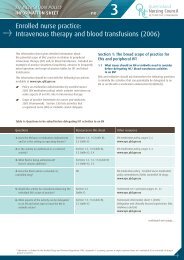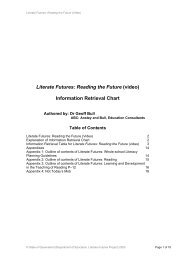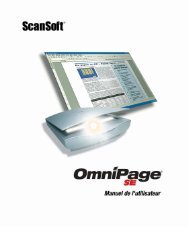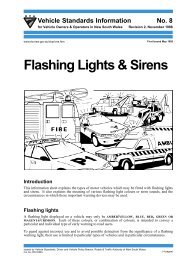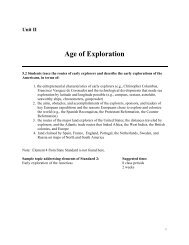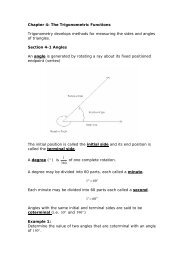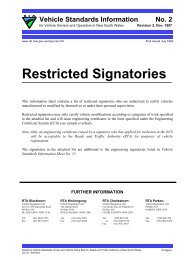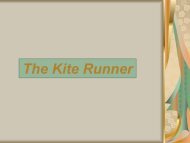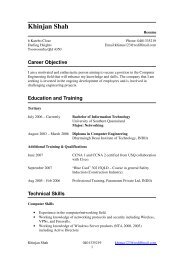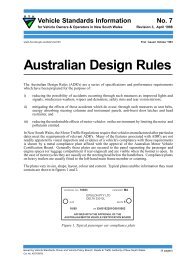USQ study material - Upload Student Web Pages
USQ study material - Upload Student Web Pages
USQ study material - Upload Student Web Pages
Create successful ePaper yourself
Turn your PDF publications into a flip-book with our unique Google optimized e-Paper software.
Module 13 – Solutions 13.11<br />
CREATE VIEW ExpensiveParts (partNo)<br />
AS SELECT DISTINCT partNo<br />
FROM Part<br />
WHERE partCost > 1000;<br />
Discuss how you would maintain this as a <strong>material</strong>ized view and under what<br />
circumstances you would be able to maintain the view without having to access the<br />
underlying base table Part.<br />
If a row is inserted into Part with a partCost less than or equal to £1000, the view would<br />
not have to be updated. If a partNo is inserted into Part that is already in the view, no<br />
new record has to be inserted into the view (because of the DISTINCT keyword).<br />
Similarly for update. If a partNo is deleted from Part have to access the underlying base<br />
table to check if there is another partNo with same value, to determine whether row<br />
should be deleted from the view.<br />
–<br />
13.4 Chapter 9 Database Planning, Design, and<br />
Administration<br />
Solutions and hints of some exercises<br />
9.14 The student should follow the approach to DBMS selection described in Section 9.7<br />
and produce a report that identifies a suitable DBMS product that meets the requirements<br />
of the organization. The selection should be fully justified and any assumptions made<br />
should be highlighted.<br />
9.15 The student should follow the approach to DBMS selection described in Section 9.7<br />
and produce a report that identifies a suitable DBMS product that meets the requirements<br />
of each organization described in Appendix B. The selection should be fully justified<br />
and any assumptions made about the case <strong>study</strong> should be highlighted.<br />
9.16 The student should investigate the organization and identify whether data administration<br />
and database administration exist as distinct functional areas. However, the student<br />
should be careful to note that these functions may be named differently, merged as a<br />
single function, or included as part of a larger IT/IS function. If identified, the student<br />
should compile a report documenting the organization, responsibilities, and tasks.<br />
–<br />
13.5 Chapter 10 Fact-Finding Techniques<br />
Solutions and hints of some exercises


